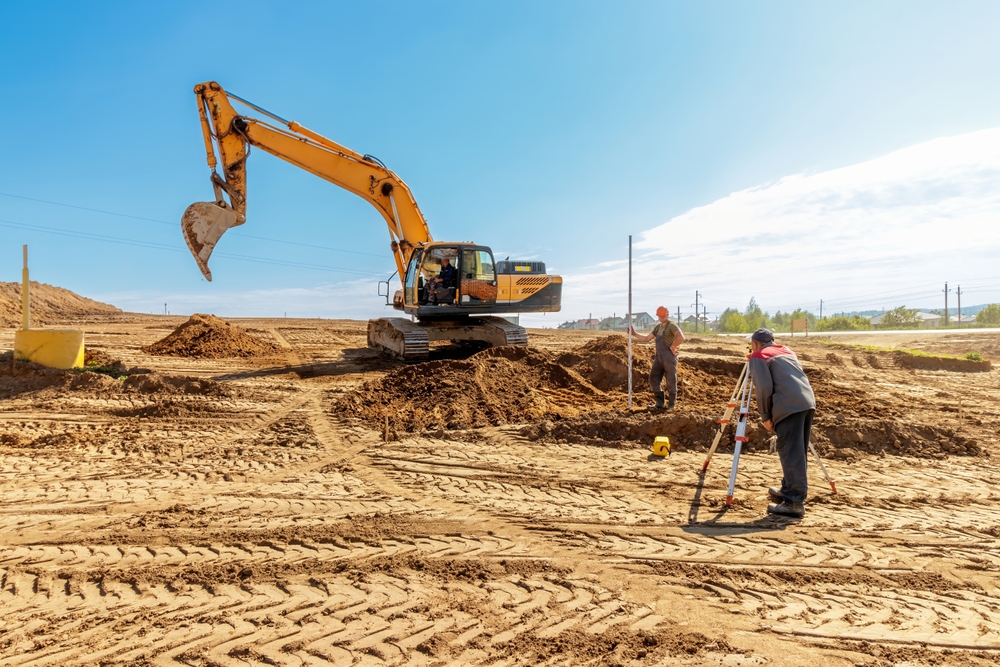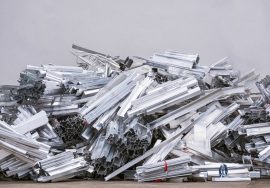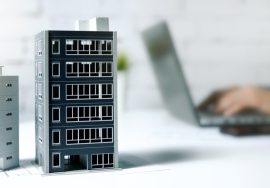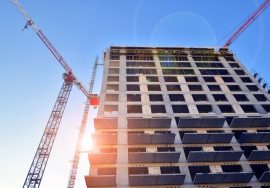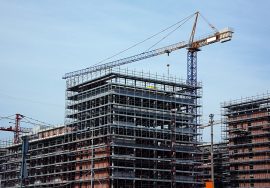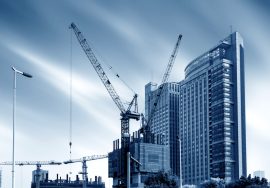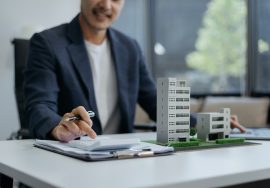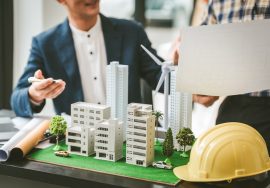Green Building Design and Build: Solutions for the Future
Green Building Design and Build: Sustainable Solutions for the Future
Introduction
As the world continues to focus on sustainability, green building design and build has emerged as a critical approach to creating eco-friendly, energy-efficient, and resource-conscious structures. The need for green buildings is more important than ever as cities grow, and the environmental impact of construction becomes a pressing concern. By adopting green building practices, you can ensure a positive environmental impact while achieving long-term savings on energy costs and improving the quality of life for residents and occupants.
This blog will explore the concept of green building design and build, its benefits, and how you can implement sustainable practices in your construction project.
What is Green Building Design and Build?
Green building design and build refers to the construction and design of buildings that are environmentally responsible and resource-efficient throughout their lifecycle. This approach considers factors such as energy efficiency, water conservation, sustainable materials, and reducing the environmental footprint.
Key Aspects of Green Building Design:
✔ Energy Efficiency – Using energy-saving technologies and strategies to minimize energy consumption.
✔ Water Conservation – Incorporating systems to reduce water usage, such as rainwater harvesting and efficient plumbing.
✔ Sustainable Materials – Choosing materials that are recyclable, renewable, and sourced sustainably.
✔ Indoor Air Quality – Implementing designs that improve ventilation, natural lighting, and the use of non-toxic materials.
Benefits of Green Building Design and Build
✅ Environmental Benefits
The most obvious benefit of green building design and build is its positive impact on the environment. Green buildings consume less energy, produce fewer greenhouse gas emissions, and reduce the use of natural resources. By implementing sustainable building practices, we can significantly reduce the environmental footprint of the construction industry.
✅ Energy Savings and Efficiency
One of the main goals of green buildings is to reduce energy consumption. By using high-quality insulation, energy-efficient windows, and renewable energy sources like solar panels, green buildings can minimize the amount of energy needed for heating, cooling, and lighting. These energy-saving measures can lead to substantial cost savings in the long run.
✅ Healthier Living Spaces
Green buildings prioritize the health and well-being of their occupants by improving indoor air quality and providing natural lighting. Sustainable design strategies such as passive heating, cooling, and ventilation help create more comfortable and healthier living environments.
✅ Reduced Operational Costs
Green buildings typically have lower operational costs due to their energy-efficient designs. From reduced energy bills to water savings and minimal maintenance costs, these buildings are cost-effective to operate. The initial investment in green building technologies can often be recovered quickly due to the long-term savings.
✅ Increased Property Value
Buildings with green certifications like LEED (Leadership in Energy and Environmental Design) or IGBC (Indian Green Building Council) tend to have a higher market value. As more buyers seek environmentally responsible homes, a green building can become a significant selling point. Not only does this benefit the environment, but it also provides financial advantages for the property owner.
Steps to Achieve Green Building Design and Build
Step 1: Design for Energy Efficiency
The first step in green building design and build is to create an energy-efficient design. This involves considering passive design principles such as the building’s orientation, shading, and natural ventilation. The use of energy-efficient systems like HVAC, LED lighting, and insulation helps reduce energy consumption.
Step 2: Use Sustainable Building Materials
Selecting eco-friendly building materials is a cornerstone of green building design. Materials such as recycled steel, bamboo, reclaimed wood, and low-VOC (volatile organic compounds) paints help reduce the environmental impact. Using locally sourced materials can also minimize transportation emissions and support local economies.
Step 3: Implement Water Conservation Systems
Water conservation is a key factor in green building design and build. Incorporating rainwater harvesting systems, water-efficient fixtures, and greywater recycling can drastically reduce water consumption. Efficient irrigation systems and landscaping that requires minimal water are also essential elements of sustainable design.
Step 4: Integrate Renewable Energy Solutions
Renewable energy solutions like solar panels, wind energy, or geothermal heating can provide clean energy to green buildings. Solar power, in particular, has become a popular choice for residential and commercial buildings. Installing solar panels on the roof can provide significant energy savings and even generate surplus power.
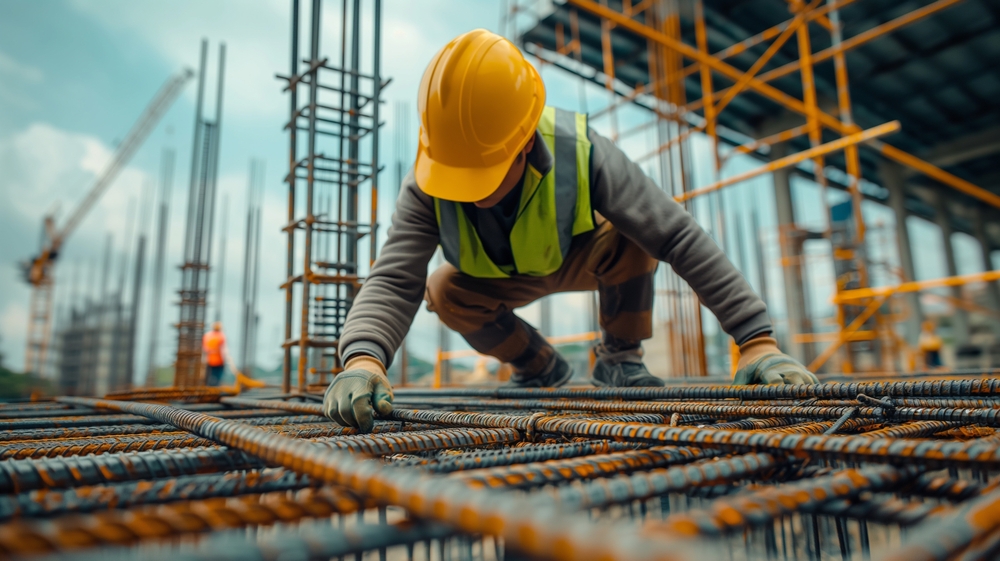
Step 5: Focus on Indoor Air Quality
To enhance the well-being of occupants, green buildings incorporate designs that improve indoor air quality. This includes using materials that emit low or no toxic substances, maximizing natural ventilation, and utilizing air filtration systems to ensure fresh, clean air inside the building.
Step 6: Certification and Documentation
Green building certification programs, such as LEED, IGBC, and GRIHA (Green Rating for Integrated Habitat Assessment), provide a structured framework for evaluating the sustainability of buildings. Achieving certification can help ensure that the building meets the necessary environmental standards and gain recognition in the market.
Green Building Certifications:
✅ LEED (Leadership in Energy and Environmental Design)
LEED is one of the most widely recognized green building certification systems. It provides a comprehensive rating system for energy use, lighting, water, and material use, helping buildings to be more environmentally responsible.
✅ IGBC (Indian Green Building Council)
The IGBC rating system is specifically tailored to the Indian context, encouraging energy-efficient, environmentally friendly, and sustainable practices in building design and construction across the country.
✅ Griha Certification
Griha is India’s national rating system that encourages sustainable building design by assessing the building’s impact on the environment. This certification system encourages practices that promote sustainability, reducing waste and conserving resources.
Conclusion
Adopting green building design and build practices is an effective way to create sustainable, energy-efficient, and environmentally responsible structures. From energy savings to increased property value, the benefits of green building extend beyond environmental impact. By implementing strategies like using sustainable materials, conserving water, and integrating renewable energy sources, you can ensure that your building project contributes positively to the environment and provides long-term benefits.
If you’re looking to design and build an eco-friendly, sustainable structure, contact us to learn how we can help bring your green building vision to life.
Meta Description:
Construction Industry in India
- One of India’s largest construction and engineering companies, Campus Construction Cost Optimization provides services including project management, cost control, and engineering consultancy. For detailed information on their offerings, visit. Construction Industry in India
Read more related articles to enhance your knowledge and make informed decisions
10 Essential Steps in the Building Construction Process
How to Choose the Right Materials for Your Construction Project

